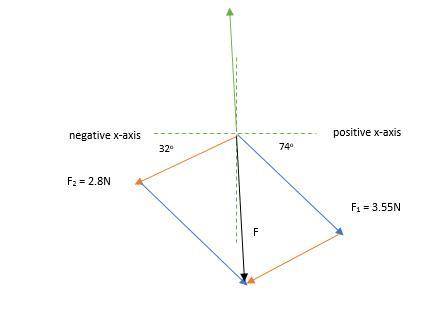

Answers: 2
Other questions on the subject: Physics

Physics, 21.06.2019 18:40, Rachaeltice8810
Ten students stand in a circle and are told to make a transverse wave. what best describes the motion of the students? each student bumps the shoulder of his or her neighbor. at the exact time, all students take a step to the right. the students skip clockwise, going in a circular motion. one at a time, each student lifts his or her hands up and then down.
Answers: 1

Physics, 22.06.2019 05:30, kaitlynmoore42
James is trying to prove newton's 2nd law of motion. he tries to move four different objects with different masses, shapes, and sizes from point a to point b. the objects are a toy car, a car, a refrigerator, and a kitchen table. after some experimentation, he finds that force is dependent on the mass of the object, rather than it's size or shape. the object that takes the most force to move is the
Answers: 1


Physics, 22.06.2019 15:30, linnaefoos2183
This is the number of complete movements of a wave per second.
Answers: 1
Do you know the correct answer?
Two known forces F1 = 3.55 N at 74.0° below the positive x-axis and F2 = 2.80 N at 32.0° below the n...
Questions in other subjects:




Social Studies, 05.10.2020 18:01


Chemistry, 05.10.2020 18:01


English, 05.10.2020 18:01

Mathematics, 05.10.2020 18:01

Mathematics, 05.10.2020 18:01



 between the forces is deduced to be
between the forces is deduced to be  ( see the diagram below).
( see the diagram below).






